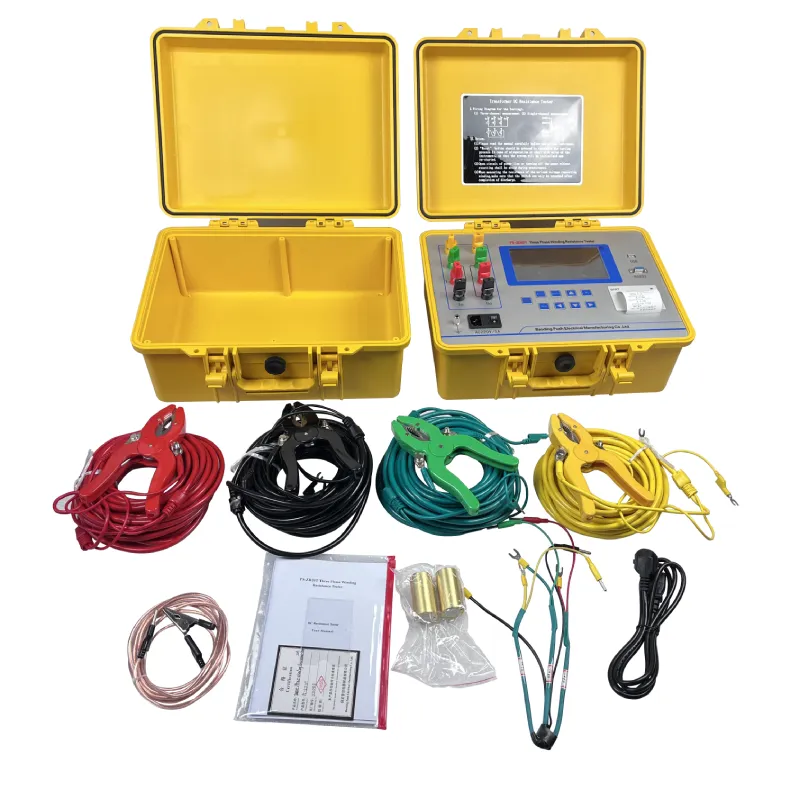 English
English



-
 Afrikaans
Afrikaans -
 Albanian
Albanian -
 Amharic
Amharic -
 Arabic
Arabic -
 Armenian
Armenian -
 Azerbaijani
Azerbaijani -
 Basque
Basque -
 Belarusian
Belarusian -
 Bengali
Bengali -
 Bosnian
Bosnian -
 Bulgarian
Bulgarian -
 Catalan
Catalan -
 Cebuano
Cebuano -
 China
China -
 China (Taiwan)
China (Taiwan) -
 Corsican
Corsican -
 Croatian
Croatian -
 Czech
Czech -
 Danish
Danish -
 Dutch
Dutch -
 English
English -
 Esperanto
Esperanto -
 Estonian
Estonian -
 Finnish
Finnish -
 French
French -
 Frisian
Frisian -
 Galician
Galician -
 Georgian
Georgian -
 German
German -
 Greek
Greek -
 Gujarati
Gujarati -
 Haitian Creole
Haitian Creole -
 hausa
hausa -
 hawaiian
hawaiian -
 Hebrew
Hebrew -
 Hindi
Hindi -
 Miao
Miao -
 Hungarian
Hungarian -
 Icelandic
Icelandic -
 igbo
igbo -
 Indonesian
Indonesian -
 irish
irish -
 Italian
Italian -
 Japanese
Japanese -
 Javanese
Javanese -
 Kannada
Kannada -
 kazakh
kazakh -
 Khmer
Khmer -
 Rwandese
Rwandese -
 Korean
Korean -
 Kurdish
Kurdish -
 Kyrgyz
Kyrgyz -
 Lao
Lao -
 Latin
Latin -
 Latvian
Latvian -
 Lithuanian
Lithuanian -
 Luxembourgish
Luxembourgish -
 Macedonian
Macedonian -
 Malgashi
Malgashi -
 Malay
Malay -
 Malayalam
Malayalam -
 Maltese
Maltese -
 Maori
Maori -
 Marathi
Marathi -
 Mongolian
Mongolian -
 Myanmar
Myanmar -
 Nepali
Nepali -
 Norwegian
Norwegian -
 Norwegian
Norwegian -
 Occitan
Occitan -
 Pashto
Pashto -
 Persian
Persian -
 Polish
Polish -
 Portuguese
Portuguese -
 Punjabi
Punjabi -
 Romanian
Romanian -
 Russian
Russian -
 Samoan
Samoan -
 Scottish Gaelic
Scottish Gaelic -
 Serbian
Serbian -
 Sesotho
Sesotho -
 Shona
Shona -
 Sindhi
Sindhi -
 Sinhala
Sinhala -
 Slovak
Slovak -
 Slovenian
Slovenian -
 Somali
Somali -
 Spanish
Spanish -
 Sundanese
Sundanese -
 Swahili
Swahili -
 Swedish
Swedish -
 Tagalog
Tagalog -
 Tajik
Tajik -
 Tamil
Tamil -
 Tatar
Tatar -
 Telugu
Telugu -
 Thai
Thai -
 Turkish
Turkish -
 Turkmen
Turkmen -
 Ukrainian
Ukrainian -
 Urdu
Urdu -
 Uighur
Uighur -
 Uzbek
Uzbek -
 Vietnamese
Vietnamese -
 Welsh
Welsh -
 Bantu
Bantu -
 Yiddish
Yiddish -
 Yoruba
Yoruba -
 Zulu
Zulu
esp rectifier transformer testing
Testing of ESP Rectifier Transformers
Electrostatic precipitators (ESPs) are vital in controlling particulate emissions from industrial processes. Central to their operation is the rectifier transformer, which converts AC voltage to DC to power the electrostatic field. Testing these rectifier transformers is crucial to ensure efficiency, reliability, and safety in their operation. This article delves into the key aspects of testing ESP rectifier transformers.
Importance of Testing
Testing rectifier transformers is essential because they operate in harsh environments, often subjected to high voltages and significant electrical loads. Regular testing helps identify potential issues, including insulation failures, overheating, and component aging. Undetected faults can lead to system failures, increased emissions, and costly downtime, emphasizing the need for thorough testing protocols.
Testing Procedures
1. Visual Inspection This is the first step in testing an ESP rectifier transformer. Inspectors should look for signs of damage, such as corrosion, leaks, and physical wear on terminals and connections. Any visible issues could indicate underlying problems that could lead to malfunction.
2. Insulation Resistance Testing This test evaluates the insulation's integrity within the transformer. Utilizing a megohmmeter, technicians apply a high voltage to measure resistance. A low resistance value may signify insulation degradation, which necessitates further investigation.
esp rectifier transformer testing

3. Power Factor Testing This method assesses the dielectric losses in the insulation system. By comparing the power factor readings over time, technicians can determine if insulation is deteriorating. Consistently high power factor values could indicate potential insulation failure.
4. Turns Ratio Testing Ensuring the transformer’s turns ratio aligns with specifications is critical. This test verifies that the transformer is appropriately configured for its application, preventing operational inefficiencies.
5. Thermal Imaging This non-invasive technique uses infrared cameras to detect hotspots in transformers. Any unusual temperature rise can indicate issues such as overloading or internal faults, prompting further investigation.
6. Harmonic Analysis Since rectifier transformers interact with non-linear loads, assessing harmonic distortions is crucial. Harmonics can lead to overheating and inefficiencies, thus requiring monitoring and potential mitigation measures.
Conclusion
Testing ESP rectifier transformers is a proactive approach to maintenance that can prolong the lifecycle of these critical components. By implementing a comprehensive testing routine, industries can enhance the performance and reliability of their electrostatic precipitator systems, ensuring compliance with environmental regulations and reducing operational costs. Regular monitoring not only safeguards equipment but also supports sustainable practices in industrial operations.
-
Exploring the Main Types of Industrial Endoscopes and Their Applications Across IndustriesNewsJul.04,2025
-
Testing Equipment Industry Sees Major Advancements in 2025: Smart & Precision Technologies Lead the WayNewsJun.06,2025
-
Applications of Direct Current Generators in Renewable Energy SystemsNewsJun.05,2025
-
Hipot Tester Calibration and Accuracy GuidelinesNewsJun.05,2025
-
Digital Circuit Breaker Analyzer Features and BenefitsNewsJun.05,2025
-
Benefits of Real-Time Power Quality Monitoring Devices for Industrial EfficiencyNewsJun.05,2025



